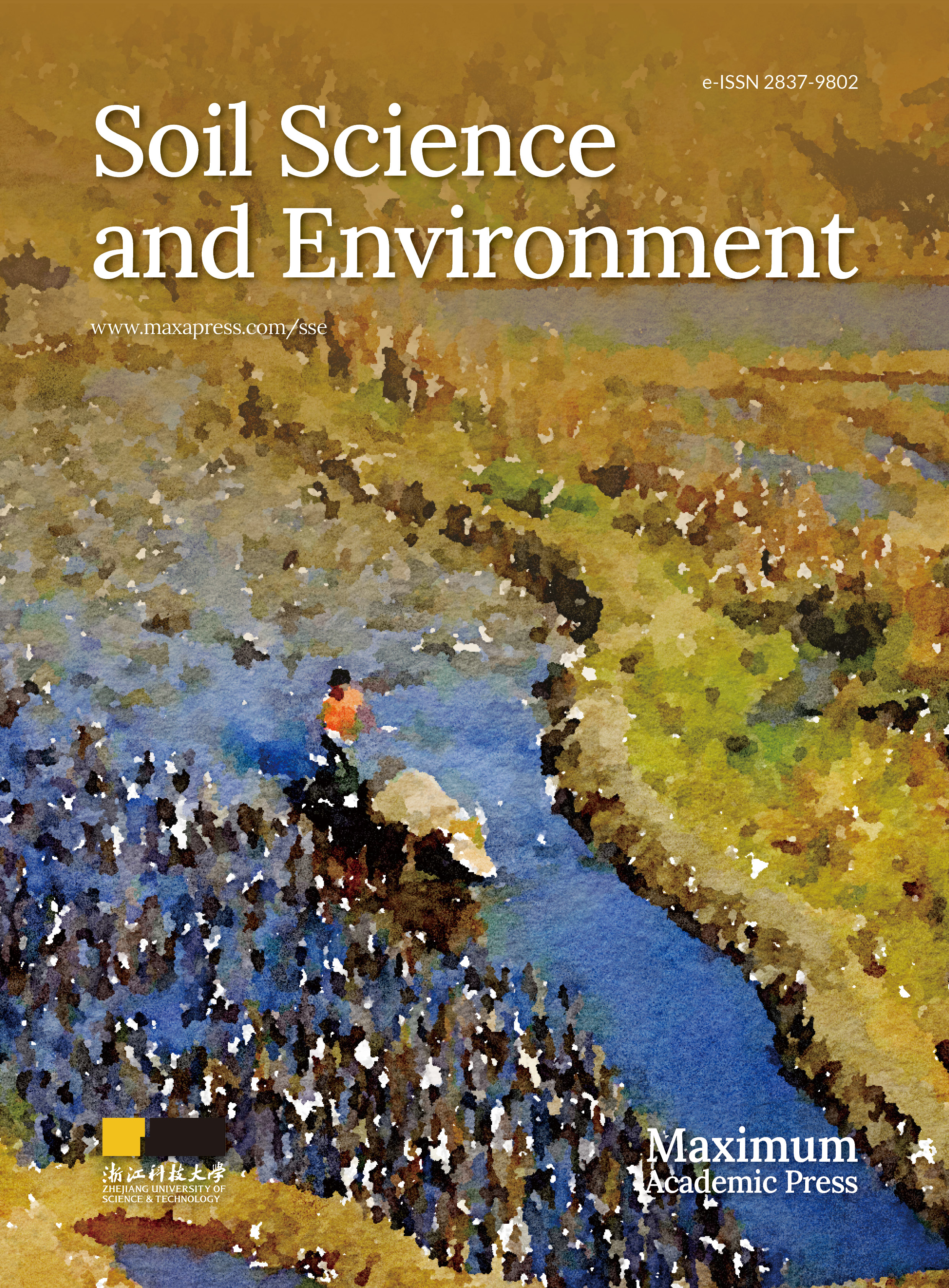-
Soils are the key foundation of Earth's sustainability that drives biogeochemical cycling of nutrients, provides ecosystem functions and services including carbon sequestration, water retention and purification, toxic metal/organic pollutants immobilization and biodiversity conservation as well as landscape stabilization (Lehmann et al, 2020). Soils protect physical habitats and provide biodiversity of underground biota also conditioning the physical environment for beautification of the landscape. Thus, the health of soil and environment is closely linked to One Health of global lives (Banerjee & van der Heijden, 2022). Over the last decades, global soils have been at risk due to extensive soil degradation, along with climate change, biodiversity loss and environmental pollution (IPBES, 2019). A number of inter-governmental conventions/treaties, including the United Nations Framework Convention on Climate Change (UNFCCC), the United Nations Convention to Combat Desertification (UNCCD), the United Nations Biodiversity Convention and The Ramsar Convention, have been individually created to address soil threats related to soil degradation, soil carbon stock, soil biodiversity and wetland soil protection. To meet the UN Sustainable Development Goals 2030 and beyond, these multifaceted challenges can only be addressed with nature-based solutions, of which safeguards on the use and management of soils and the environment on the Earth's surface play a pivotal role in agriculture and food supply (United Nations Environment Programme, 2022). Therefore, soil science and environment has been increasingly developing into a key public knowledge domain with global action to tackle the overarching challenges with the Earth's sustainability. Advances both in soil science and the environment have promoted the development of green technology for agriculture and environmental protection as well as ecosystem conservation worldwide.
Soil science over the past few decades has shifted from individual disciplines of soil physics, chemistry, biology and morphology, and pedology into science of soil systems, integrating soil composition, property and functions and ecosystem services of soil body on a scale ranging from nano-particles to global soil cover. Particularly, advances in modern analytical and computing technologies have reshaped soil science from a descriptive science into a nature-based study for the mechanistic understanding of soil behavior and functions. So far, many of these processes/functions have become open boxes, thanks to molecular characterization of organic matter/carbon, digital visualization of soil aggregates (structure), in situ observation and monitoring of field soils, and big data and computer simulations. In other words, with advances in molecular chemistry and biology, soil science and the environment has moved into an era of systematic research in terms of ‘-omics’. For example, soil organic matter is increasingly studied with ‘SOMics’ and ‘Aggregatomics’, to characterize organic carbon in molecular abundance and in pool allocation across aggregate size/density fractions. Also, mega-data collection and synthesis has become one of the mainstreams of modern science of soil and the environment. To further advance research in this area, we are excited to launch Soil Science and Environment, a new, open-access journal to report and disseminate cutting-edge knowledge of biophysical processes, behaviors and functions, services and natural values of soil and the environment across the globe. The journal is also designed to provide an open and timely platform for the exchange of knowledge on the operation and outcomes of nature-based solutions for optimizing soil resource utilization/management, environmental protection and ecosystem restoration, both in rural and urban areas, including biophysical measures, social-economic intervention and policy mechanisms. We also welcome studies on developing technologies for improving crop production and food security, enhancing soil manipulation of biota and biodiversity and reducing environmental footprints related to carbon and nitrogen in soil. In addition, innovation of soil study methodologies will be appreciated for consideration for publication, including (but not limited to) new applicable methods for soil carbon and nitrogen in field soils, for soil structure/aggregate characterization, for extraction and detection of organic compounds in soil and soil pore system and moisture dynamics.
With a global and highly renowned editorial team, contributions from individual disciplines/fields will be evaluated and reviewed by highly qualified editors to ensure a speedy, but sound publication process. With the support of editors, authors, reviewers and the entire community, we hope that the journal will grow quickly and become a high-impact journal with a strong influence, especially in the soil science and environment disciplines. We will cooperate and share our achievements with the contributors globally.
HTML
-
The authors declare that they have no conflict of interest.
- Copyright: © 2022 by the author(s). Published by Maximum Academic Press on behalf of Nanjing Agricultural University. This article is an open access article distributed under Creative Commons Attribution License (CC BY 4.0), visit https://creativecommons.org/licenses/by/4.0/.
| Shen Q, Pan G. 2022. Inaugural editorial: Soil Science and Environment. Soil Science and Environment 1:1 doi: 10.48130/SSE-2022-0001 |













